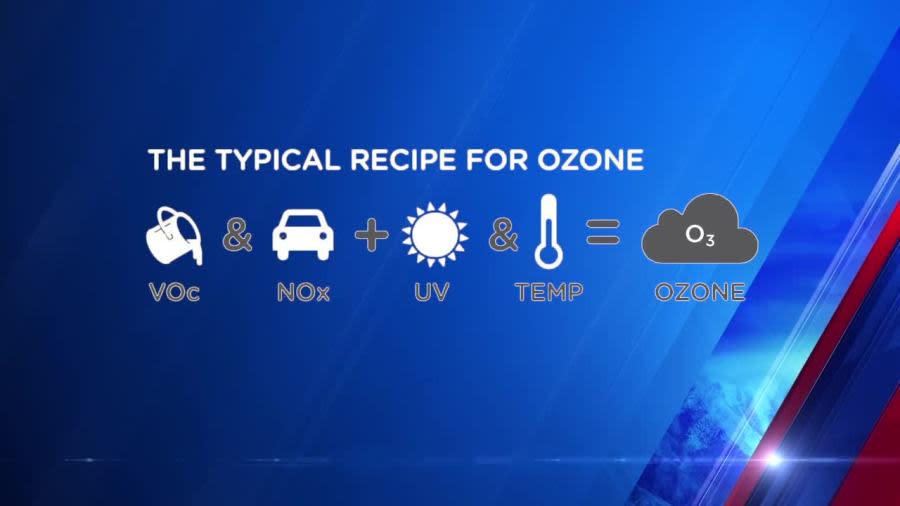Inversion season is over, but it won’t be long until ozone season arrives

SALT LAKE CITY (ABC4) — Tuesday marked the arrival of the spring equinox, with sunny skies and temperatures expected to soar into the 60s along the Wasatch Front.
On such a glorious day the thought of winter inversions hanging like a dirty rag over the valleys seems like a distant memory. To some it might even be a cause for celebration.
But why exactly do inversions stop in the springtime?
The power of sunshine
According to ABC4 Meteorologist Thomas Geboy, the answer has to do with the higher sun angle. In the heart of winter, the lower sun angle means the sun’s rays hit the mountains first and don’t warm the valley floors.
How does inversion work and why does it happen?
“This leads to cold air pooling in the valleys under a layer of warm air, which acts like a lid,” Geboy said. “When the valley floors don’t warm up, the pollutants become trapped, building up more and more until a storm pushes the inversion out.”

In the spring, when the sun angle is higher and the days are longer, more sunlight and solar radiation hits the valley floors. This warmth allows the pollutants to mix up and move out.
Bryce Bird, director of the Utah Division of Air Quality, said that spring is one of the best times of the year to get outside along the Wasatch Front, as the air quality is generally good during the shoulder seasons.
“Typically, we see the best air quality of the year in the spring and fall,” he told ABC4.
But as the temperatures warm into summer, a different air quality threat forms, one that’s more deceptive than inversion.
Summer Ozone
In the summer, when temperatures climb into the 90s and sunshine beats down on the urban areas along the Wasatch Front, ground level ozone can form from a combination of car pollution and emissions from paint and solvents.
Unlike inversion, ground level ozone can’t be seen or smelled. But when people breathe it in, it causes what Bird described as a “sunburn” inside the lungs.
RELATED: Utah Environmental Interactive Map
Unlike inversion, ground level ozone can’t be seen or smelled. But when people breathe it in, it causes what Bird described as a “sunburn” inside the lungs.
“Typically on a high ozone day, it’s also a beautiful, clear blue sky sunny day,” Bird said. “So it’s a bit of a disconnect, where we don’t have that challenge during the winter time because we have the visible inversion in place.”

According to Bird, over the last several years there’s only been a handful of inversion days where air quality levels don’t meet federal standards. But during that same period, there’ve been between 20 to 60 summer days where Wasatch Front air quality isn’t up to snuff due to ozone and wildfire smoke.
In the Utah Division of Air Quality’s quest to improve the air Utahns breathe, the agency is targeting some key contributors to ozone. One of these is gas-powered lawn and garden equipment. Per the agency, these two-stroke weed whackers and leaf blowers produce more pollutants than industry does along the Wasatch Front.
“They really produce high amounts of air pollution for the work that we get out of them, and there’s a great alternative — that is to move to electric equipment,” Bird said.
The agency offers an exchange program where people can recycle their gas-powered devices and receive a new electric tool at no cost. The program was a success last year and it’s set to return over the next three years.
For the latest news, weather, sports, and streaming video, head to ABC4 Utah.

